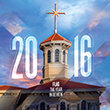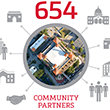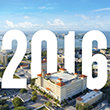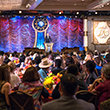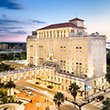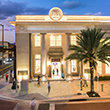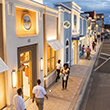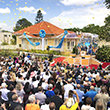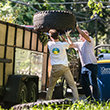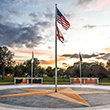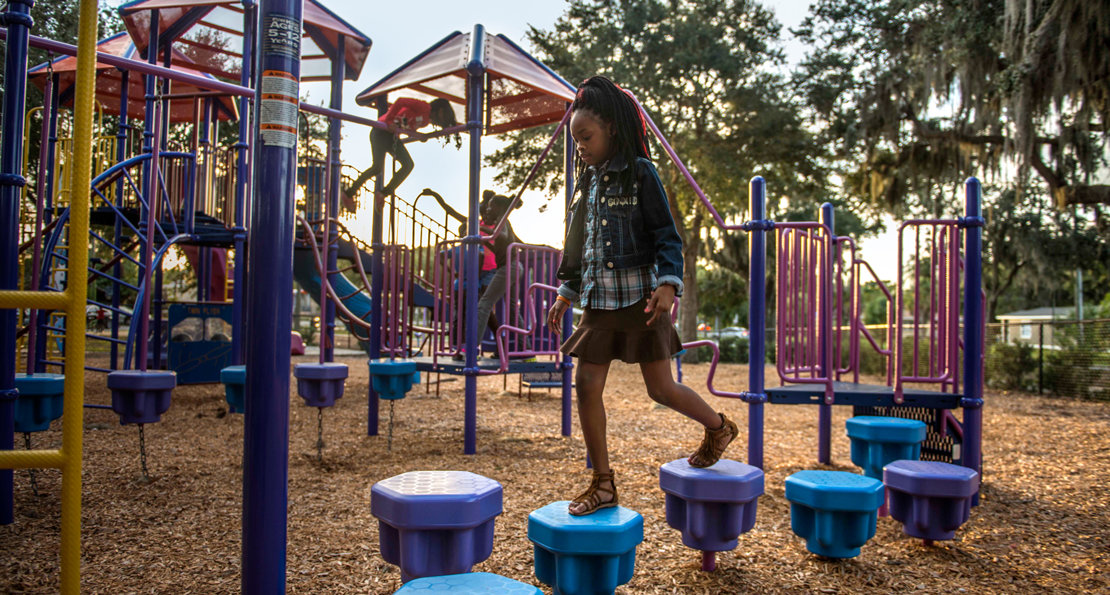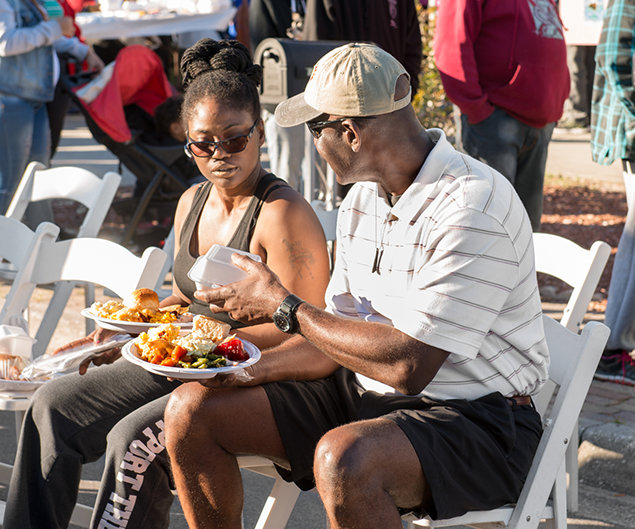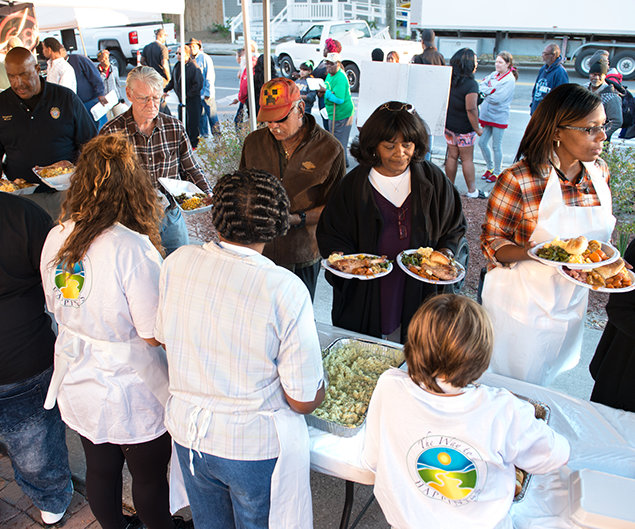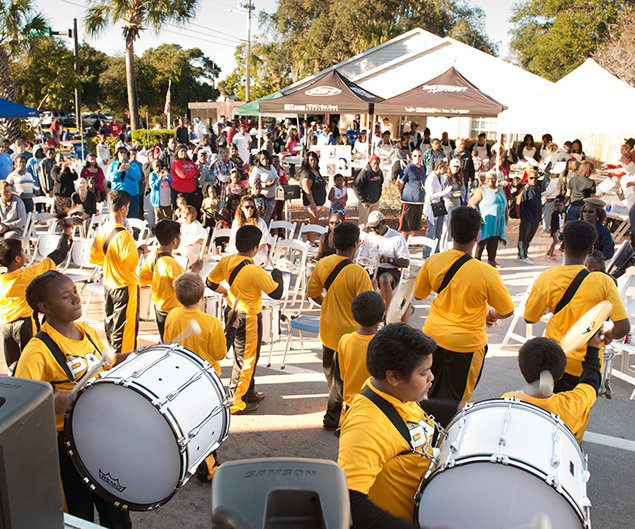What happens when a neighborhood retakes the spirit of community.
North Greenwood was originally known as, simply, “The Grove,” nicknamed for the large citrus orchards planted there before the turn of the 20th century. The neighborhood’s main street, a north-south hardtop running from Fairmont Street in north Clearwater to the city’s southern limit near Belleair Road, was known as Greenwood Avenue for over 90 years, named for the bright green jumble of palmetto patches and tangerine trees the road once cut through.
Over time, during segregation, the Greenwood neighborhood evolved into the main enclave for the City of Clearwater’s African-American population, gradually transforming its character from agriculture to residential with neighborhood-accommodating retail and commercial businesses. Along the “pre-King” Greenwood Avenue corridor, the beloved main street was a hotbed of precious historic neighborhood character manifesting the epicenters of healthy social, commercial and economic life in a strong community.
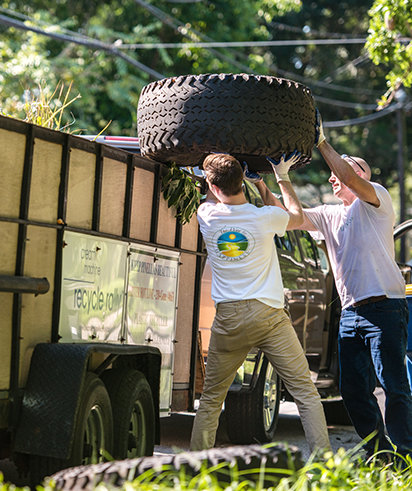
Beginning in the 1960s, however, as the walls of segregation began to fall, analytical changes within the area—in particular a gradual across-the-board disinvestment, economically and socially—and the slowly growing cancer of recession led to a decline in neighborhood commerce. The neighborhood was further rocked by the closing of both the cherished Martin Luther King Jr. Community Center and the iconic 14-acre Jack Russell Stadium site (former spring training home of the Philadelphia Phillies) in the heart of the neighborhood.
Whatever the reasons, North Greenwood became unhealthy, a dangerous area—once a proud neighborhood but declining, pocked with downtrodden buildings, dropouts selling drugs on the street corners and gun shots ringing out in the night air … a far cry from the sparkling Clearwater historically advertised to tourist families worldwide.
North Greenwood has approximately 6,000 residents living in the lowest median valued homes in Clearwater on 1.3 square miles of land area. The population here is relatively young with the median age being 35.9. There are approximately 1,386 families in the area with 741 (53.5 percent) living as married couples and 541 (39 percent) living as single female householders, with no father present. Out of 2,911 housing units in this area, 13.3 percent are vacant.
Sometime around early 2008, a local video shook North Greenwood to its rafters and woke the community up to the fact that something needed to be done.
“A change began to come on down hard around here,” says veteran community activist and leader Maurice Mickens, shaking his head. “That video was extremely damaging to North Greenwood and Clearwater.”
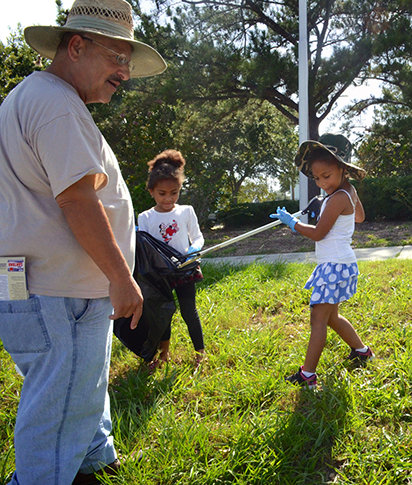
In fact, the video, aptly titled Da Hood Gone Wild, along with its various sequels and previews, exploded online to millions of viewers, recasting Clearwater’s sparkling beaches and sunshine happy image with brutal ghetto fights and profane characters haunting dark streets in ball caps, hoodies, tattoos and pants falling down. “What can we do?” headlines screamed, residents cried and city officials agonized.
Mickens, who spent his formative years in the rough Bronx borough of New York City, conferred with other community mentors and developed a series of “Anti-Drug Marches” through the streets of North Greenwood. Dozens of residents and civic supporters—“I’d say 50 percent of them were from the Church of Scientology, walking right with us” he says—would fill the streets, hangout corners and crack house front yards, scolding the residents through screeching megaphones. “We were calling them out, berating them for killing our community,” says Mickens of his scripted “confrontations.”
“The mayor, the councilmen, the city manager began to walk with us. Neighbors, elderly to young. Bikers. The media. You basically had an entire community trying to clean itself up.”
Inside, completely befuddled by the gall of the citizens outside, the “Walking Drugged” clothes-pinned their drapes, turned up their speakers to drown out the chants of the marchers and waited for a chaos that never materialized.
As marchers moved through the community, statistical data indicators at the Pinellas Health and Sheriff’s Departments, in the social agencies, hospitals and schools, began moving in positive directions as well.
And while 2011 saw the crime stats creeping back up to pre-2008 highs, they suddenly plunged to even lower lows in 2016.
Every concerned citizen and group has been pulling together to make a difference. Community policing has taken the police out of patrol cars and set them on the streets, being part of community events and community concerns.
Clearwater Neighborhood Housing renovated Section 8 Palmetto apartments. The city bought the drug-addled Blue Chip Bar and razed it. A few doors north, now stands the Head Start Isay M. Gulley Center R’Club, an early learning center for young children. The City of Clearwater also erected the North Greenwood Recreation Center and Clearwater Library in the center of the neighborhood. The Tampa Bay Buccaneers created Buccaneer Field just outside of the Jack Russell Stadium. All while community activists installed proven anti-drug, anti-violence programs such as the Church of Scientology-sponsored The Way to Happiness and The Truth About Drugs—dramatically successful in restoring safety and order in many world crime centers—to similar triumphs on Clearwater’s meanest streets.
The real harbinger of change “is not programs. It is people. Individual people who care and take it upon themselves to do something.”
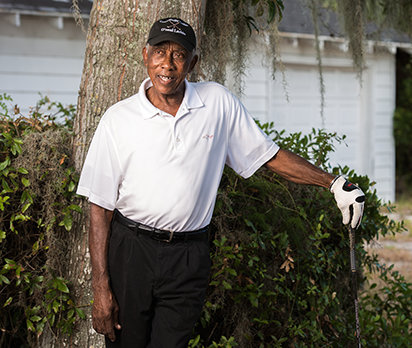
According to community leader O’Neal Larkin, the difference now, the real harbinger of change “is not programs. It is people. Individual people who care and take it upon themselves to do something.” To underscore his philosophy, Larkin gives awards to neighborhood heroes each year at the annual free Thanksgiving dinner he puts on for the community.
People care, he seems to be saying, now more than ever. Mickens agrees, though he says the community reserves much admiration and thanks to “everyone from the police and all the social agencies to the Church of Scientology. Scientologists have been a supporter of what we’ve been doing for a long time. They worked with us on the Martin Luther King Center, fixing it up, so that now we can use it to do things there for the betterment of the community.”
Mickens notes that the MLK Center is still standing and open due to neighborhood determination and the ample support of friends such as the Church, which last year contributed mightily to the renovation of the aging building that originally closed in 2010.
But there is even more to Greenwood’s renaissance. Crime watch efforts, cleanups, fresh landscaping, dressing up storefronts, lighting dark areas, new businesses moving into vacant storefronts, homeless intervention, police/citizen watches—all manner of revitalization efforts seem to be ongoing, everywhere in this community.
“Used to be people hanging on the street corners all over the place. Right now, I know of only two, maybe three places like that,” says O’Neal Larkin.
The fewer adults loitering on the street are one large factor leading to a drop in the crime rate in any neighborhood. In North Greenwood, the monthly number of serious crimes dropped from 83 in July 2015 to 32 in September 2016.
Unemployment statistics have followed the same trend. Citywide, unemployment has dropped from 5.9 percent in January 2014 to 4.3 percent in September 2016.
North Greenwood is regaining a sense of self, harking back to its pre-1960s prosperity but with the support and integration of all factors of Clearwater’s citizenry—African Americans and their prominent citizens such as Larkin, Mickens, Isay Gulley; law enforcement; black church pastors and volunteers from black churches, white churches and the Church of Scientology.
The Scientologists echo their Founder’s words as they sum up what has happened in North Greenwood, “A community that pulls together can make a better society for all.”

